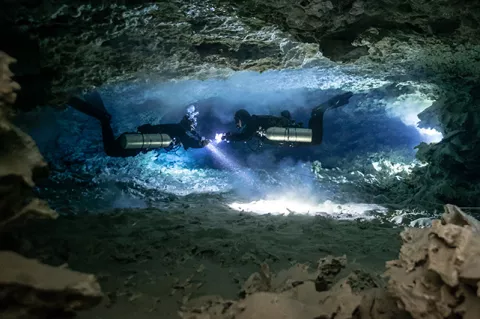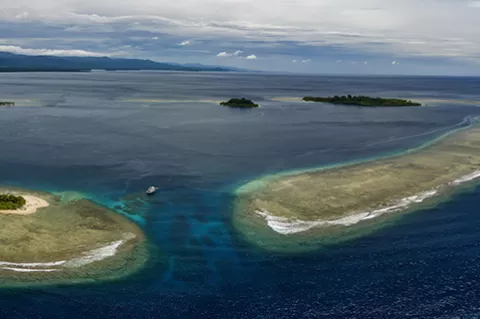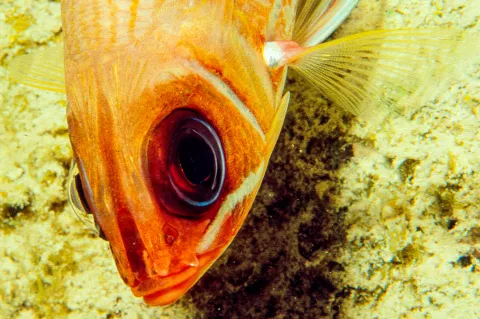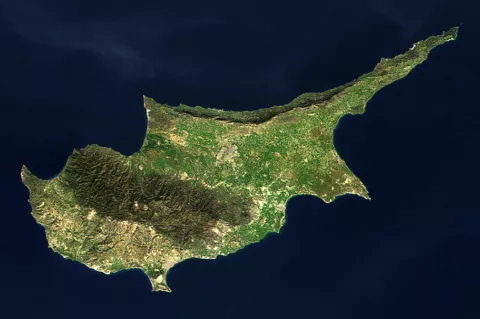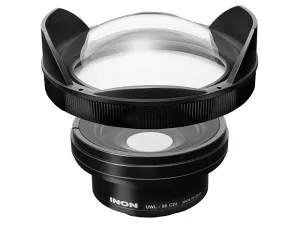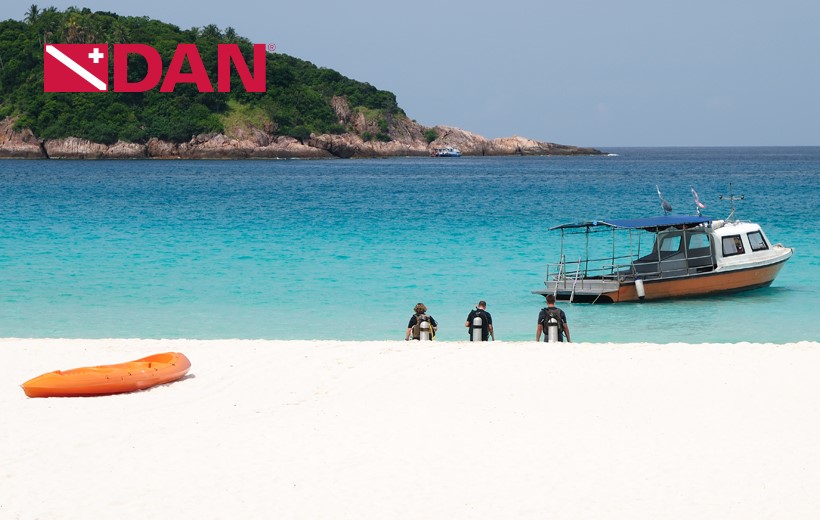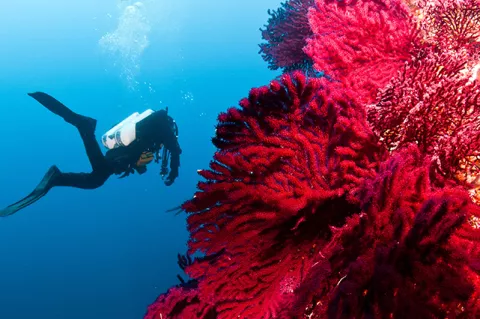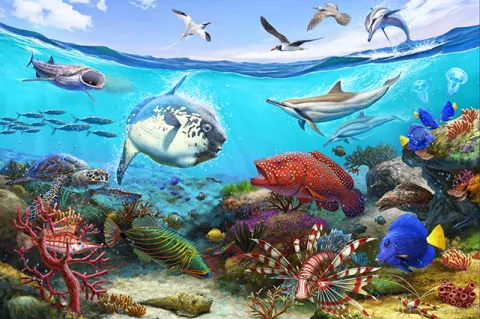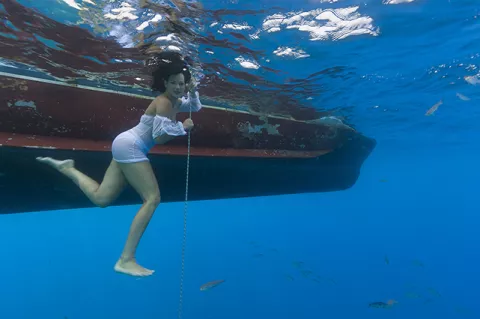Getting Lined Up: Troubleshooting Sidemount Tank Configuration
I like sidemount. I will frequently, jokingly, disparage the configuration, but I do like it. It can be comfortable and streamlined. It can be very flexible. There is an argument to be made for completely isolated redundancy. Mostly, it is good for moving through places no bigger than the space below your coffee table.

